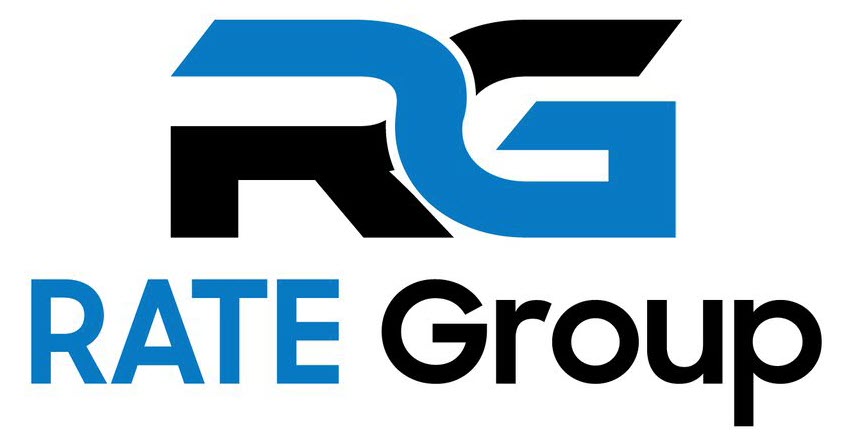
06 Mar How the Bitcoin Market Changed Since 2017’s Bull Run
[ad_1]
Although the bitcoin market’s recent volatility may feel familiar to industry veterans, the circumstances are very different in 2020 than they were when bitcoin (BTC) surged to nearly $20,000 in late 2017.
Namely, there’s now Wall Street infrastructure for sophisticated bitcoin trading and holding, from Fidelity Investments to Bakkt. For another example, the brokerage startup Tagomi, co-founded in 2018 by Union Square Ventures alum Jennifer Campbell and backed by Peter Thiel’s Founders Fund, also offers institutional investors the options for trading between platforms without moving the price. Until recently, limited price spreads restricted market activity.
“During the last bull run there were a lot of trading desks with a pretty website, but behind the scenes there was a lot of sausage making,” Campbell said, describing how some funds literally just operated with one person’s personal exchange account.
These days, over in San Francisco, deliberately conservative exchanges…
[ad_2]
Source link

